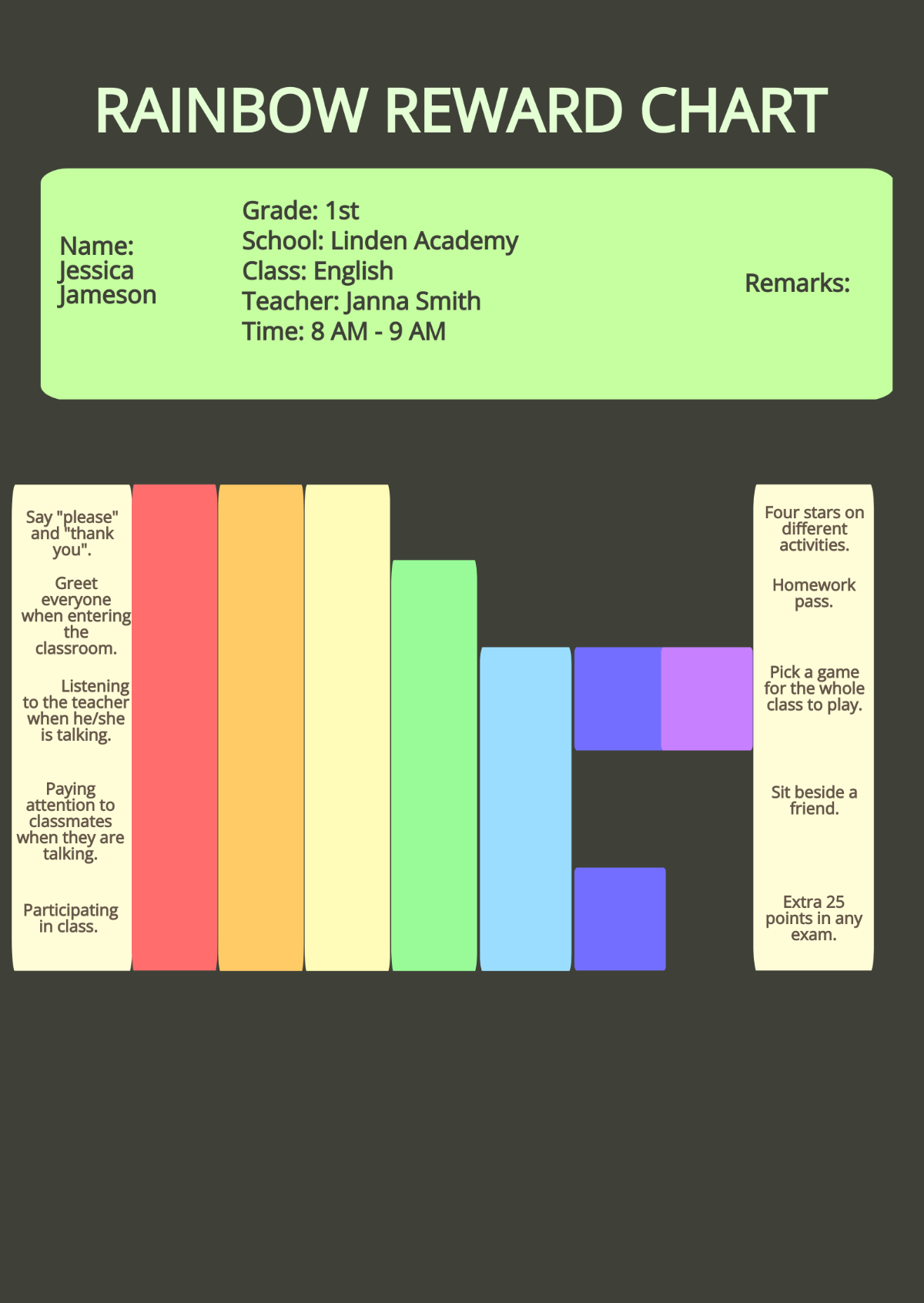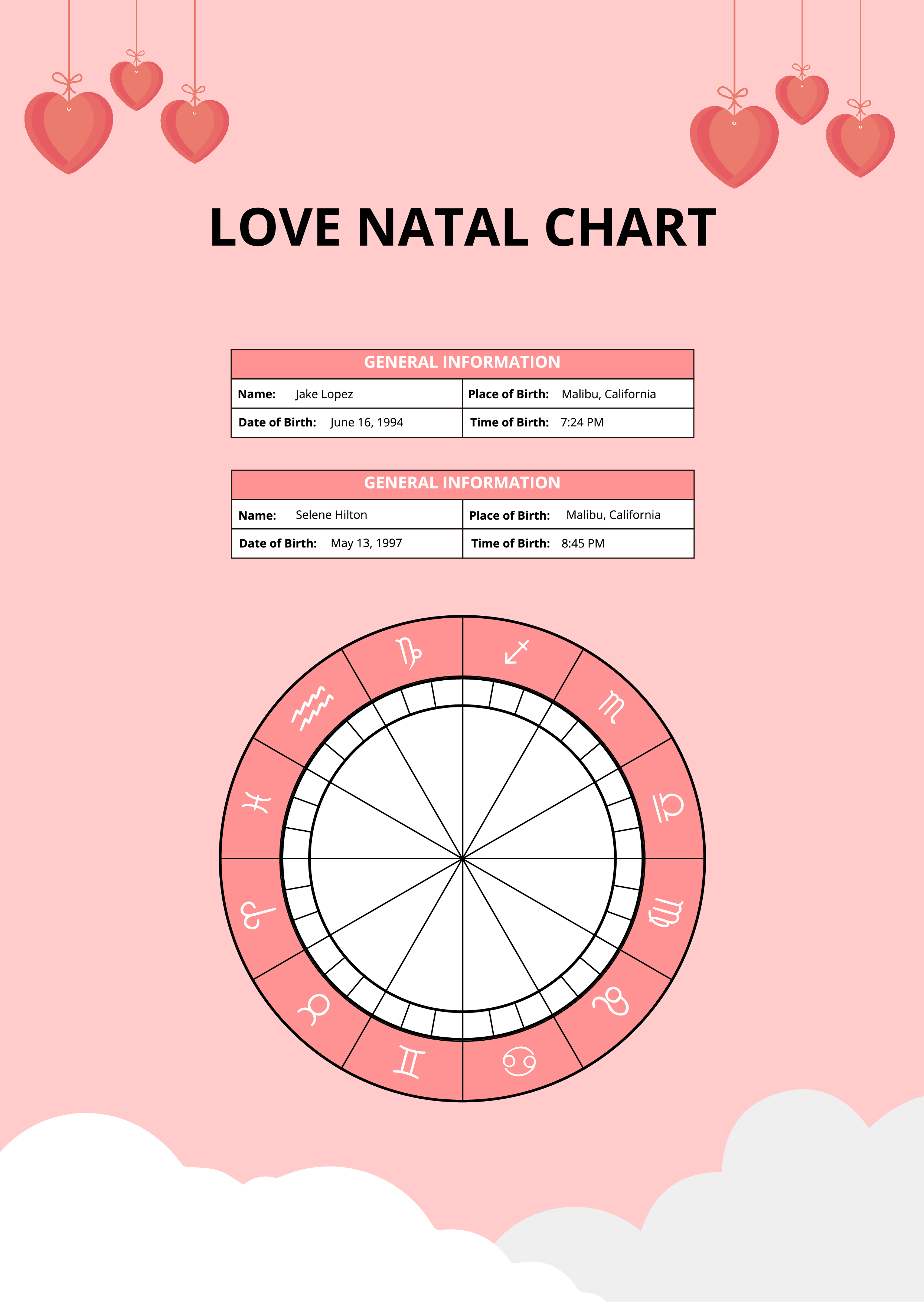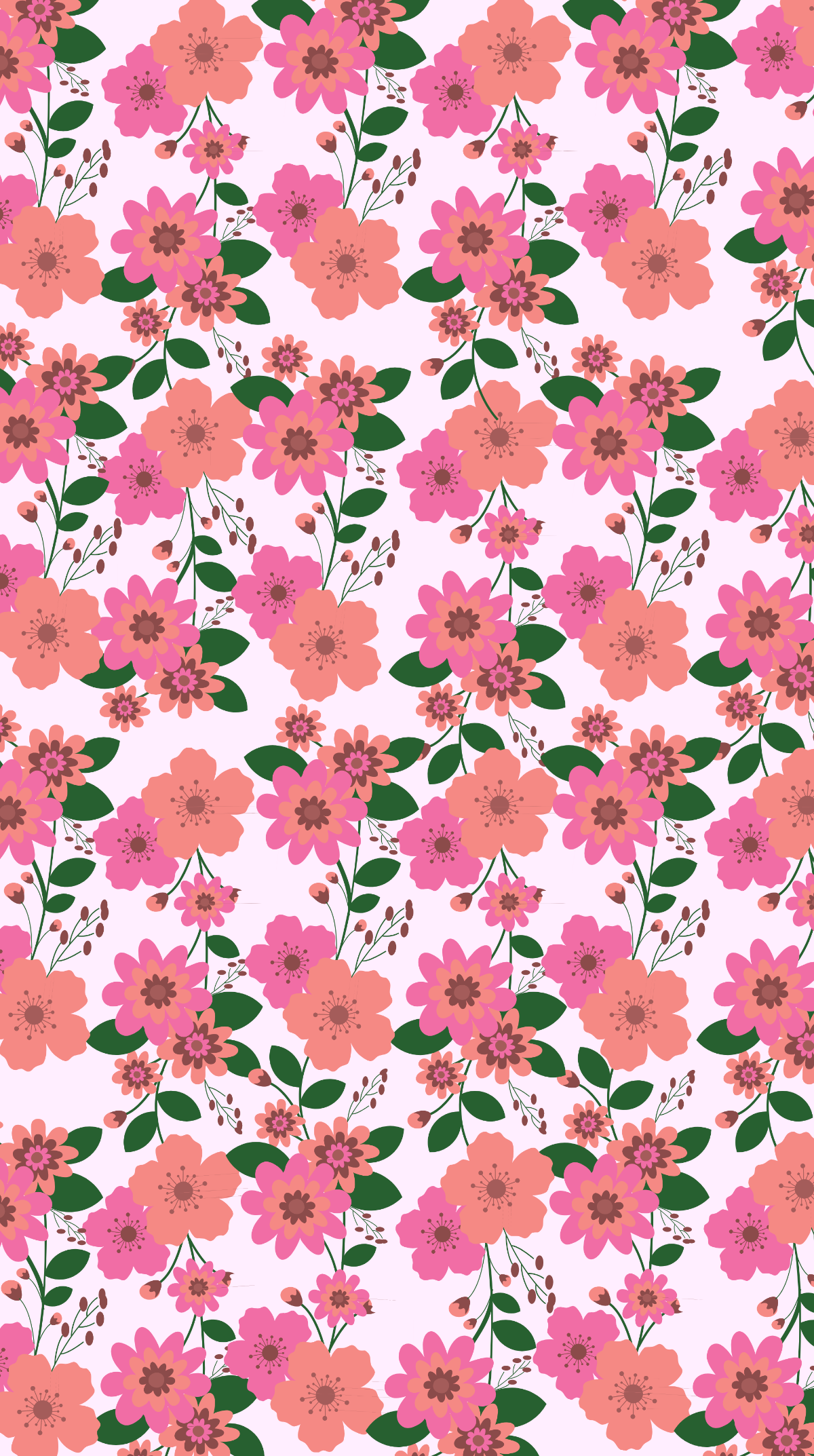Free Remote IoT Data Display Charts: Your Easy Guide
Are you looking to keep an eye on your smart devices or sensors from anywhere, all without spending a dime? Well, you're in the right spot, because that's a pretty common wish for folks working with connected gadgets. Getting your IoT data to show up clearly, like on a chart, can sometimes feel a bit tricky, but it really doesn't have to be. This guide is all about helping you discover how to make that happen for free, so you can see what your remote devices are doing in real time, or at least very close to it.
Lots of people, from hobbyists messing with their first smart home setup to small businesses trying out new tech, want to visualize information from their internet-connected things. They want to see temperatures, humidity levels, how much power is being used, or maybe even how many times a door opens. And, very importantly, they want to do this without having to pay for expensive software or cloud services. That's a totally fair request, you know, especially when you're just starting out or working on a tight budget.
So, we'll walk through some simple ways to get your "remoteiot display chart free" up and running. We'll look at different options that won't cost you anything, helping you pick the best fit for your project. This way, you can easily check on your devices, understand their data, and make good choices based on what you see, all without any financial worries. It's actually more straightforward than you might think, and we'll cover the basics to get you going, more or less.
Table of Contents
- Understanding Remote IoT Data Display
- Finding Free Solutions for IoT Charts
- Getting Started: A Basic Setup Guide
- Challenges and Limitations of Free Options
- Tips for Maximizing Your Free IoT Display
- The Future of Free IoT Visualization
- Frequently Asked Questions About Free IoT Charts
- Conclusion: Your Journey to Free IoT Insights
Understanding Remote IoT Data Display
Remote IoT data display just means showing information from devices that are somewhere else, like in your garden, a different room, or even across town, on a screen you can look at. This could be on your computer, a tablet, or your phone. It's about taking raw numbers from sensors and turning them into something easy to understand, like a line graph showing temperature changes over time, or a bar chart of how often something happens. This makes it much simpler to grasp what's going on, you know.
Why Visualize IoT Data?
Seeing your data laid out visually is incredibly helpful. Instead of staring at a long list of numbers, a chart can instantly tell you a story. For instance, you might quickly spot a problem, like a sensor reading unusually high temperatures, or see a pattern, such as energy use peaking at certain times of the day. It really helps you make sense of things without a lot of effort. This visual approach, you see, helps with making quick decisions and spotting trends that raw data might hide, which is pretty important.
What Kind of Data Can We Chart?
You can chart almost any kind of data that your IoT devices collect. Think about temperature readings from a smart thermostat, humidity levels in a greenhouse, light intensity from a garden sensor, or even how many times a motion detector goes off. You might also track things like air quality, water levels, or the battery life of your remote gadgets. Any numerical or categorical data that changes over time is actually perfect for charting, so it's quite versatile.
Finding Free Solutions for IoT Charts
Finding free ways to show your IoT data isn't as hard as it might seem. There are several good options available, each with its own advantages. The key is to pick one that fits what you're trying to do and how comfortable you are with a little bit of setup. Some solutions are very simple to get going, while others might need a bit more fiddling, but they are all free, more or less.
Open-Source Platforms: A Great Starting Point
Open-source platforms are a fantastic choice because they are usually free to use, and you can often host them yourself. This gives you a lot of control. A good example is ThingsBoard Community Edition. It lets you collect, process, and visualize data from your IoT devices, and it has some really nice dashboard features. You do need to set it up on your own server or a low-cost cloud server, which might take a little technical know-how, but the software itself won't cost you anything. Another popular choice is Node-RED, which is more of a visual programming tool but can be used to create simple dashboards and charts. It's actually very flexible for connecting different services, you know.
Cloud Platforms with Free Tiers
Many big cloud providers offer free tiers for their IoT services. These free tiers often have limits on how much data you can send or how many devices you can connect, but for small projects, they are often perfect. For example, AWS IoT Core has a free tier that includes a certain amount of message traffic, and you can then use other AWS services, some of which also have free tiers, to visualize that data. Azure IoT Hub also offers a free tier, and you could potentially link that to a free Power BI account for charting. These options can be a bit more involved to set up, but they offer powerful tools once you get the hang of them. They are, in a way, pretty robust for what they offer at no cost.
Simple Web Services for Quick Views
For really simple needs, there are web services that let you push data and then display it. Services like Ubidots or Adafruit IO offer free tiers that are very user-friendly. You can send data from your devices to them, and then use their built-in tools to create charts and dashboards. These are often the easiest to get started with, especially if you're not keen on setting up your own server. They are designed for quick and easy visualization, which is really helpful for beginners. You just send your data, and it pretty much appears on a chart, so it's quite straightforward.
Getting Started: A Basic Setup Guide
Setting up your first free remote IoT display chart might seem a bit much at first, but if you break it down, it's actually quite manageable. Here’s a general idea of the steps you'd take, regardless of the specific free tool you pick. It's about understanding the flow of information, you know.
Step 1: Collecting Your Data
First, your IoT device needs to gather the information. This means you'll have sensors connected to a microcontroller, like an ESP32 or an Arduino with Wi-Fi. The sensor will measure something, like temperature or light, and the microcontroller will read that measurement. This is the very first part of the whole process, so it's quite important. You need to make sure your sensor is giving you good, reliable numbers, too, it's almost the most important part.
Step 2: Sending Data to Your Chosen Platform
Once your device has the data, it needs to send it somewhere. This usually happens over the internet. Your microcontroller will use Wi-Fi to connect to your chosen free platform. It might send the data using something called MQTT, which is a lightweight messaging protocol for IoT, or just by making a simple HTTP request. You'll need to write a little bit of code on your device to tell it where to send the data and how often. This step is, in a way, the bridge between your device and your charts.
Step 3: Creating Your Charts
After the data arrives at your chosen platform (whether it's an open-source tool you're hosting or a cloud service's free tier), you'll use that platform's dashboard features to make your charts. Most platforms have a visual interface where you can select your data source, choose the type of chart you want (like a line graph or a gauge), and customize how it looks. You might pick colors, set labels, and decide on the time range for the data displayed. It's actually pretty satisfying to see your data come to life on a chart. This is where your "remoteiot display chart free" really starts to take shape, you know.
Challenges and Limitations of Free Options
While "remoteiot display chart free" solutions are fantastic for many projects, it's good to be aware of their potential downsides. Free options, by their nature, often come with some restrictions. Knowing these helps you plan better and avoid surprises later on, so it's a good idea to consider them.
Data Storage and Retention
One common limitation is how much data you can store and for how long. Free tiers or open-source setups might only keep your data for a limited time, say a few days or weeks, or they might cap the total amount of data you can save. If you need to look at historical trends over many months or years, a free solution might not cut it without some creative workarounds. This is a pretty important point if long-term analysis is your goal, you know.
Scalability Considerations
If your project grows and you suddenly have many more devices sending data, or if each device sends data very frequently, a free solution might struggle. Free tiers usually have limits on message rates or the number of connected devices. Self-hosted open-source solutions depend on the power of your server, which could become a bottleneck. So, while it's free, it might not handle a massive influx of data without some adjustments, or maybe even a paid upgrade eventually. It's something to think about, actually, as your project gets bigger.
Security Aspects
Security is always a big deal with IoT. While many free platforms offer basic security features, you might not get the advanced encryption, access controls, or dedicated support that paid services provide. If you're dealing with sensitive data, or if your devices are in critical locations, you'll need to carefully review the security measures of any free solution. It's very important to protect your data and devices, so this is definitely not something to overlook, you know.
Tips for Maximizing Your Free IoT Display
Even with free tools, you can get a lot of value out of your remote IoT data display. A few smart approaches can help you make the most of what's available without spending any money. These little tricks can really improve your experience, so they're worth knowing, in a way.
First, try to send data only when it's truly necessary. Instead of sending temperature readings every second, maybe once every minute or five minutes is enough. This saves on data limits, which is often a restriction on free tiers. It also makes your charts less cluttered, which is actually pretty helpful for clarity. Less data, sometimes, means clearer insights, you know.
Next, focus on visualizing the most important metrics. You might have ten different sensors, but maybe only three of them provide truly critical information for your project. By charting just those key pieces of data, you keep your dashboards clean and easy to read. This helps you quickly spot what matters without getting overwhelmed by too much information, so it's a good strategy.
Also, explore the community support for open-source tools. Platforms like ThingsBoard or Node-RED have active communities where you can ask questions, find tutorials, and get help from other users. This is a fantastic free resource for troubleshooting and learning new tricks. It's like having a whole team of experts at your fingertips, more or less, and it doesn't cost a thing.
Consider using simple alerts. Even if a free platform doesn't offer fancy notification systems, you might be able to set up basic email alerts for certain thresholds. For instance, if the temperature goes above a certain point, you could trigger an email to yourself. This adds a layer of proactivity to your monitoring, which is actually very useful. It helps you stay on top of things without constantly watching your charts, you know.
Finally, keep an eye on updates and new features. Free tools and platforms often evolve. What might be a limitation today could be addressed in a future update. Staying informed means you can adapt your setup and take advantage of new capabilities as they become available. This helps you keep your "remoteiot display chart free" solution fresh and effective, so it's a good habit to maintain.
The Future of Free IoT Visualization
The world of IoT is always changing, and so are the tools we use to understand it. We're seeing more and more user-friendly interfaces, even for free options, which is actually pretty exciting. There's a growing trend towards making complex data visualization accessible to everyone, not just expert developers. This means setting up your "remoteiot display chart free" will likely become even simpler in the years to come, which is a nice thought, you know.
We can expect to see more integration with other services, too. Imagine your free IoT charts easily connecting with spreadsheet tools or simple reporting dashboards without much fuss. Also, as edge computing becomes more common, some basic data processing and visualization might even happen right on your device, reducing the need to send everything to the cloud. These developments promise an even more powerful and accessible future for anyone wanting to visualize their IoT data without cost, so it's something to look forward to.
Frequently Asked Questions About Free IoT Charts
Here are some common questions people ask when they're thinking about free IoT data visualization:
Can I really monitor my devices in real-time with free tools?
Yes, you usually can, to a certain extent. Many free platforms offer near real-time updates, meaning your charts will refresh every few seconds or minutes. The exact speed depends on your device's sending frequency and the platform's processing. For most personal or small-scale projects, this is actually fast enough, you know.
Are free IoT display solutions secure enough for my data?
For personal projects or non-sensitive data, many free solutions offer reasonable security. They often use standard encryption for data transmission. However, for highly sensitive information or commercial applications, you should always review their specific security features very carefully. Sometimes, a paid service offers more robust security options, so it's a consideration.
What if my project grows beyond the free tier limits?
If your project expands, you'll eventually hit the limits of a free tier. At that point, you usually have a few choices: you can upgrade to a paid plan on the same platform, migrate your data to a different, more scalable free or open-source solution, or perhaps optimize your data sending to stay within the free limits. It's a common step, actually, as projects evolve, you know.
Conclusion: Your Journey to Free IoT Insights
Getting your "remoteiot display chart free" up and running is totally achievable, even for beginners. We've explored why visualizing your IoT data matters, looked at different free options like open-source platforms, cloud free tiers, and simple web services, and even touched on how to get started. While there are some limitations to free solutions, with a little planning and smart use, you can gain some truly valuable insights from your devices without spending a cent. It's all about picking the right tools and making them work for your specific needs, you know. To learn more about IoT data visualization on our site, and link to this page here.
This content was created with reference from: "My text".

Free RemoteIoT Display Chart Template: A Comprehensive Guide

Free RemoteIoT Display Chart Template: A Comprehensive Guide

Free RemoteIoT Display Chart Template: Your Ultimate Guide